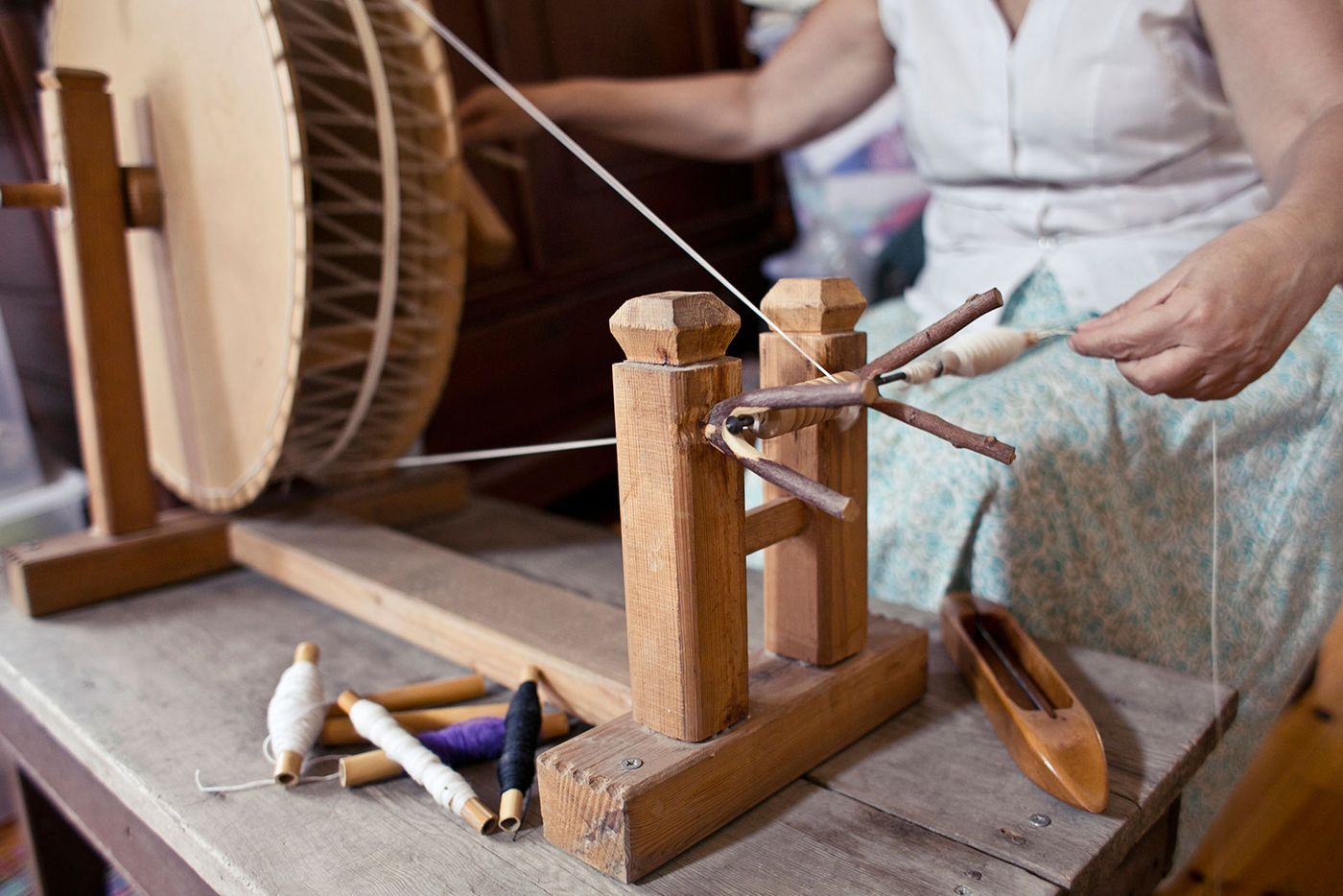
Textile Artist Julia Astreou is Keeping Cypriot Weaving Tradition Alive
Words by Kiriakos Spirou
Location
Nicosia, Cyprus
Textile Artist Julia Astreou is Keeping Cypriot Weaving Tradition Alive
Words by Kiriakos Spirou
Nicosia, Cyprus
Nicosia, Cyprus
Location
In the quiet neighbourhood of Kaïmakli, in Nicosia, Cyprus, the front doors of the low, colonial-era houses are almost as ornate as that of the local church of Saint Barbara, with its carved dragons and saints that look down on passers from high above. Next door, in the cool courtyard of her workshop, textile designer Julia Astreou is sharing trivia about the area’s history over a cup of Cypriot coffee and handmade cookies. I learn about how the area of Kaïmakli is where the Venetians first set up their military camp back in c.1500, when they started building the city’s famous walls—the most ambitious fortification project in Europe at the time. Since then, Kaïmakli became an area of masons: Kaïmakli builders built the largest mansions and churches in Nicosia, and their talents were also in demand abroad, especially in Asia Minor.
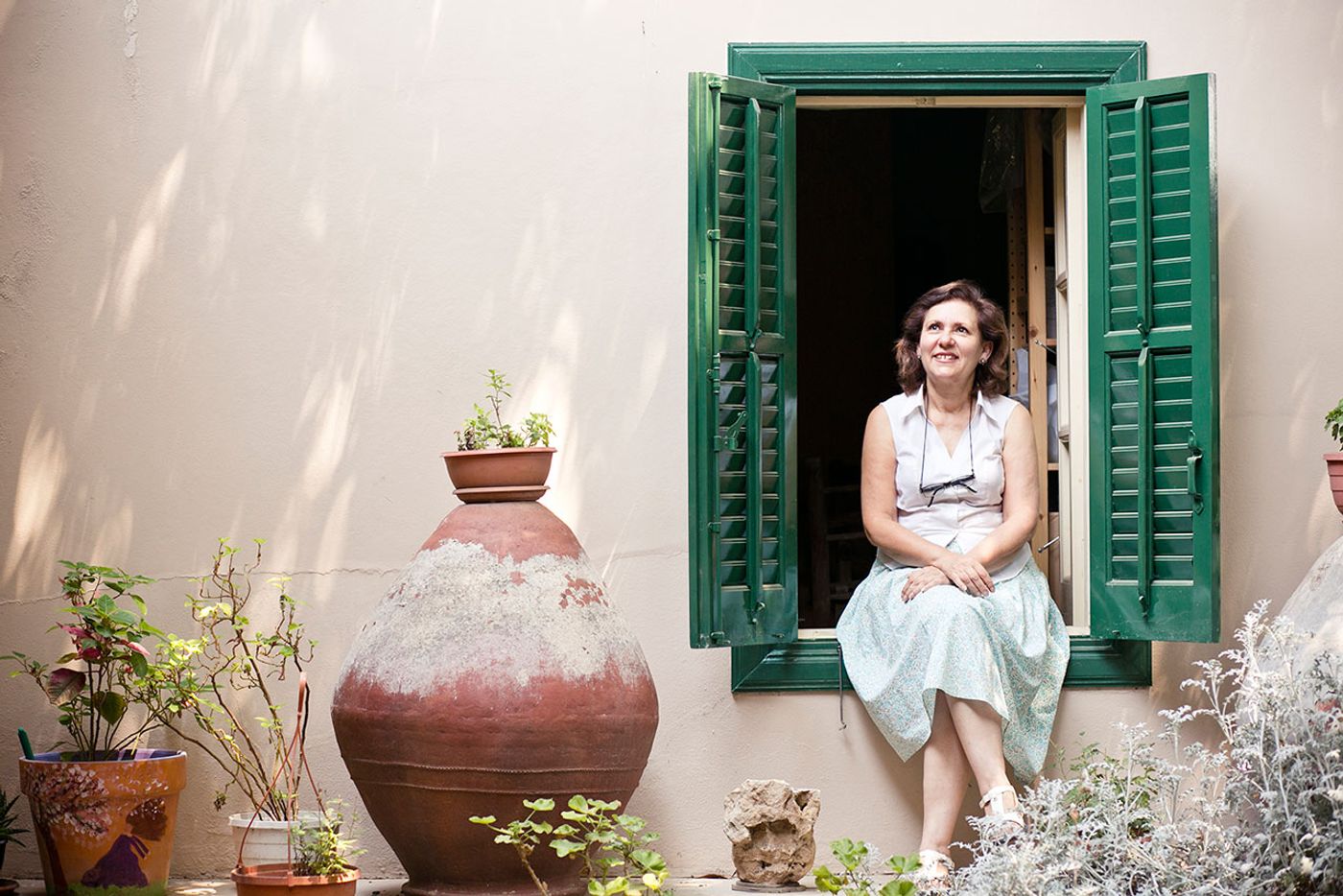
Photo by Panagiotis Mina.
A love of tradition and history permeates everything Julia Astreou does, from her research into traditional textiles and embroidery to her own textile designs, paintings and design objects that effortlessly bring the past into the present. Dedicated to preserving the tradition of Cypriot embroidery and weaving, Julia Astreou was the person in charge of the Textiles department at the Cyprus Handicraft Centre for 21 years, before leaving the post “to start something on her own”, as she says. Upon entering her marble-paved workshop, one is greeted by traditional limestone arches and all sorts of woven objects and tapestries in a variety of designs, each standing out for its colours, patterns and craftsmanship. My own childhood memories of traditional looms in my mother’s village are stirred as I follow my host around her workshop, and she shows me one beautiful design after the other, explaining the concept behind each cushion, tapestry, and shawl.

Photo by Panagiotis Mina.
Julia Astreou is more than a weaver; she is rather a visual artist that happens to work with textiles. Her works have been presented at the International Tapestry Triennial in Poland, as well as a number of other important exhibitions in her field. She is also a painter, and many of her paintings hang in the room, revealing their maker’s eye for colour balance and love for the human form and natural landscapes. Some of her paintings share their subject with her textiles, like for example the Akamas series of seascapes that has also inspired delicately crafted cushions referencing the colours and textures of the shores in the Cypriot peninsula of Akamas. Having spent all my childhood summer holidays there, I can confirm that the details in these cushions accurately capture the glistening multi-coloured pebbles found on the beaches there—itself a difficult task for any artist, let alone one working with textiles!
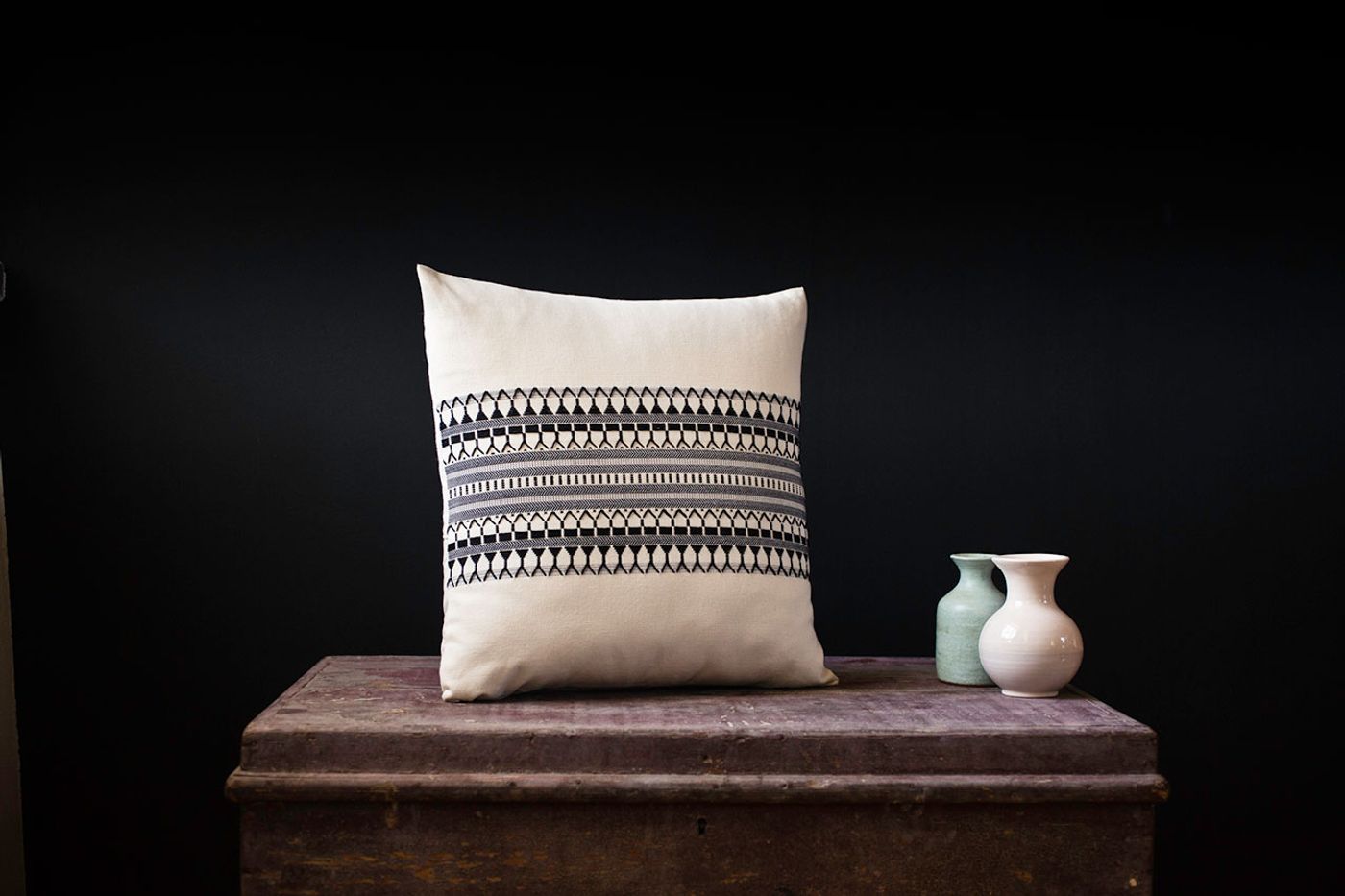
Schemata Series, Star Pulses, Handwoven Cushion Cover, 42 x 42cm, Cotton. Photo by Panagiotis Mina.

Schemata Series, Star Pulses (detail), Handwoven Cushion Cover, 42 x 42cm, Cotton. Photo by Panagiotis Mina.
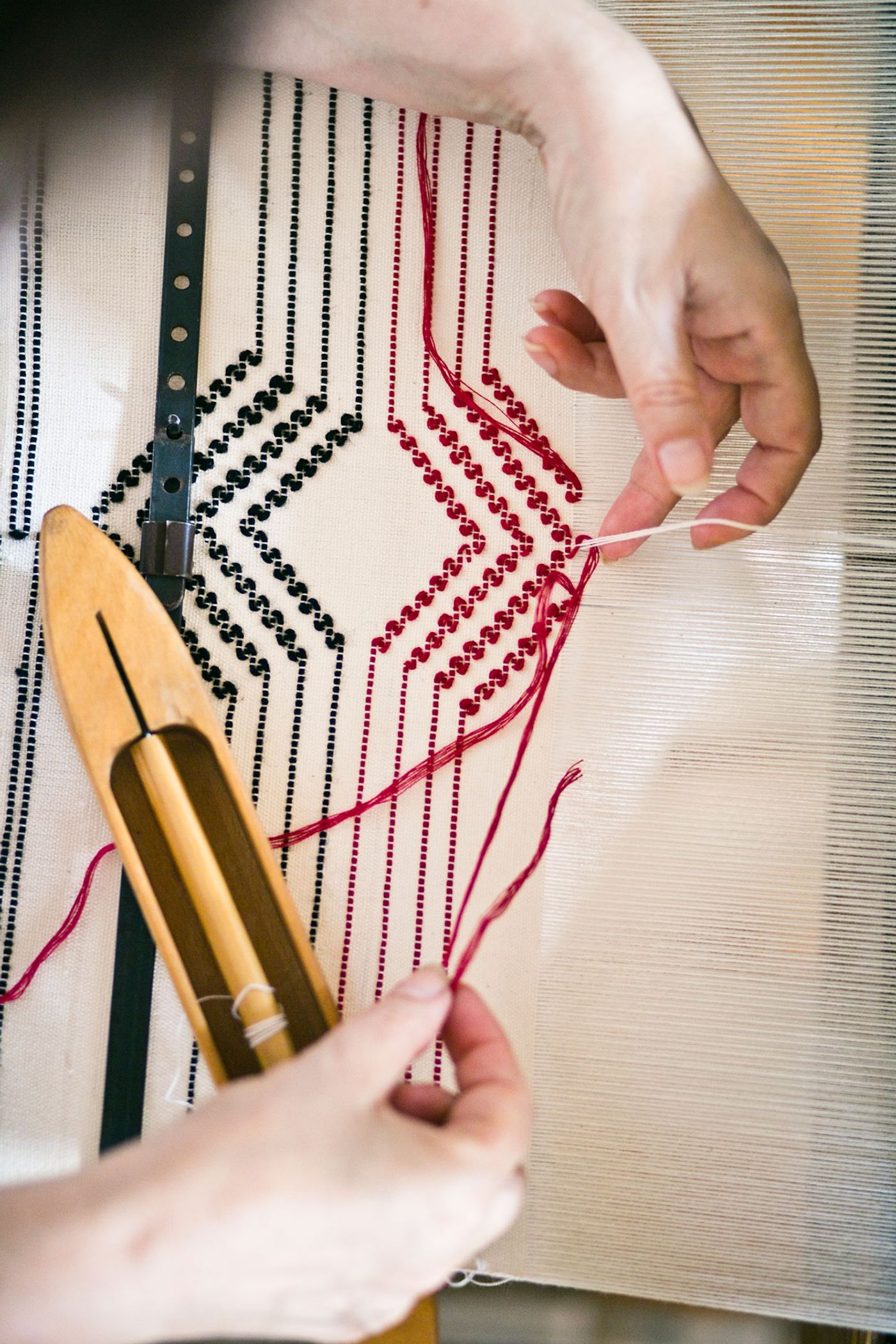
Photo by Panagiotis Mina.
A second room in the workshop is where Julia Astreou keeps her four traditional Cypriot looms, bought from different parts of the island and all in perfect working condition. She explains how she weaves the fabrics by hand from scratch: she first weaves the long cotton warp outside under the arcade of her courtyard, and then experiments with different weaving techniques and materials until she finds an interesting idea to work with. Already a master of traditional techniques like asproploumia (a kind of weaving using threads of different thickness) and fythkiotiko (the famous colourful patterns from the village of Fyti, listed in UNESCO’s intangible heritage lists), Julia Astreou incorporates tradition into her own expressive work, and combines different references as well from Ottoman and Byzantine embroidery—or even more experimental ideas such as weaving twigs and plexiglass into her tapestries. She likes to work with looms that have four pedals, and comments that “the loom is probably the first computer”; indeed, the sheer amount of calculation and mathematical thinking required to design a textile pattern on these looms is mind-blowing; but it seems to me that it’s not the loom, but the loom master who learns to think and create in ways that a computer could never achieve.
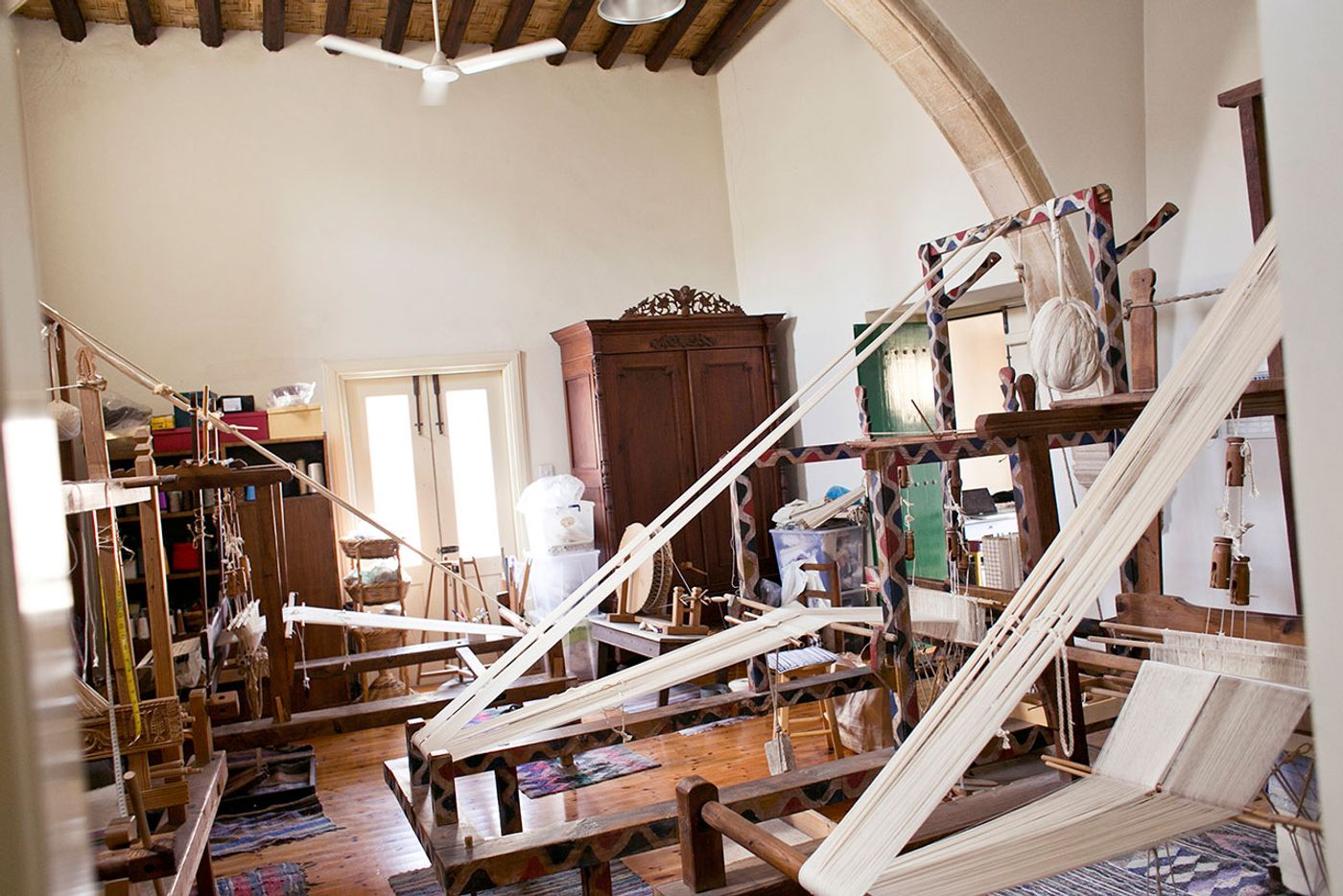
Photo by Panagiotis Mina.
Julia Astreou’s latest collection of cushions features designs inspired by science and scientific patterns. Here, the mathematical framework behind these textiles is taken a step further, with patterns that look like wave lengths, frequencies and other scientific visualisations of the natural world. “Perhaps”, Julia Astreou muses, “the principles that run through physics are the same in design”, and in the way she says it, surrounded by dozens of square meters of hand-woven math, you can’t help but take her word for it. Daphne Christoforou, Julia Astreou’s daughter and award-winning illustrator, shares the workshop with her mother and has set up her little studio upstairs, in a room looking out onto the village square and the church. When she’s not working on commissions, she helps her mother promote her work on social media and her website. As I sip my coffee in the courtyard, I must say I felt a sense of joy for this mother and her daughter, the youngest in a line of five generations of women working in these very rooms, sharing knowledge and expertise. But can this time-consuming, handmade craft survive in a world of machines? “It depends who your target group is”, says Daphne, and I have to agree. There will always be people interested in the handmade and the unique, and hopefully more people will be curious to discover the secrets of traditional textile making. In which case, Julia Astreou’s workshop in Kaïmakli is the best place to start.
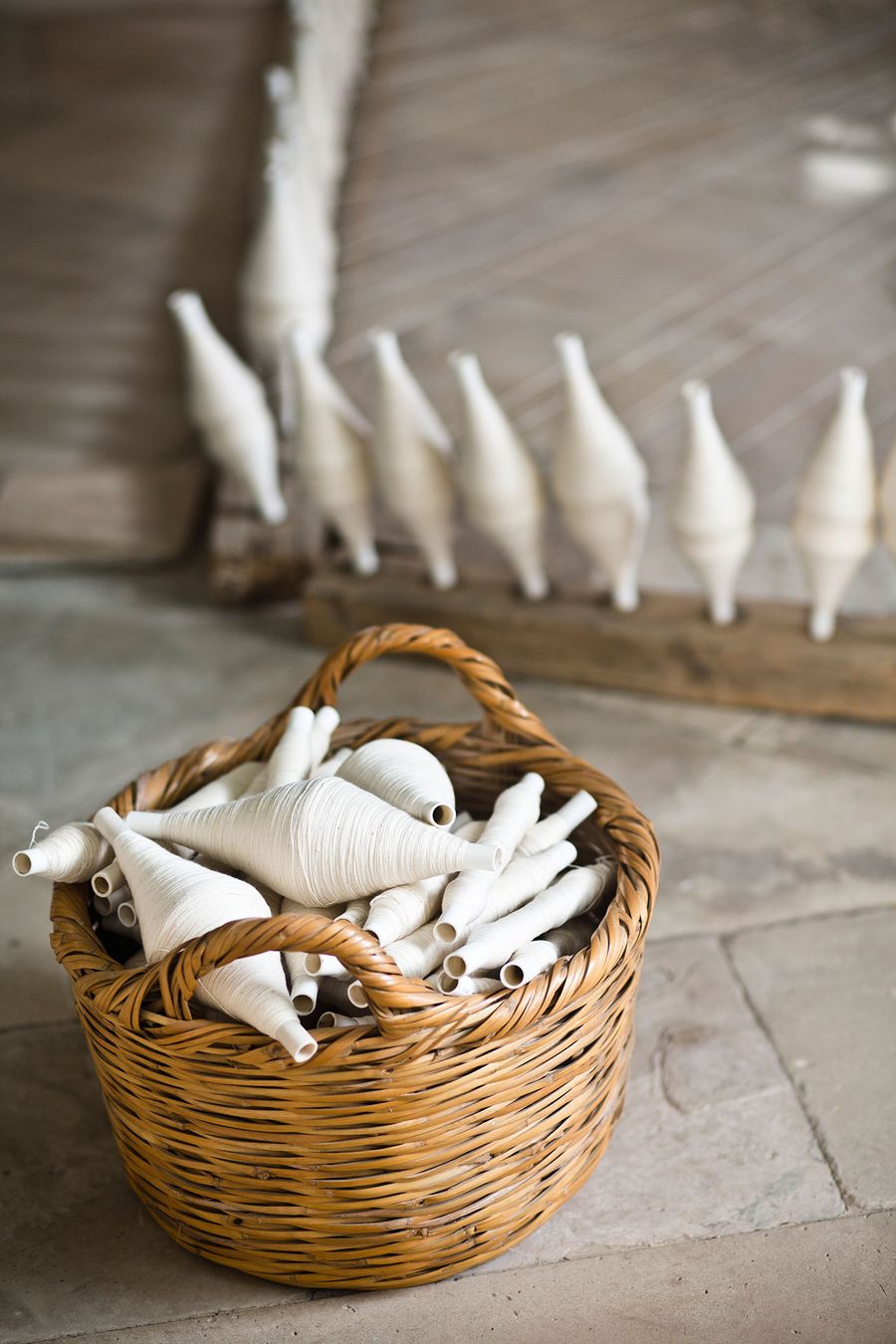
Photo by Panagiotis Mina.
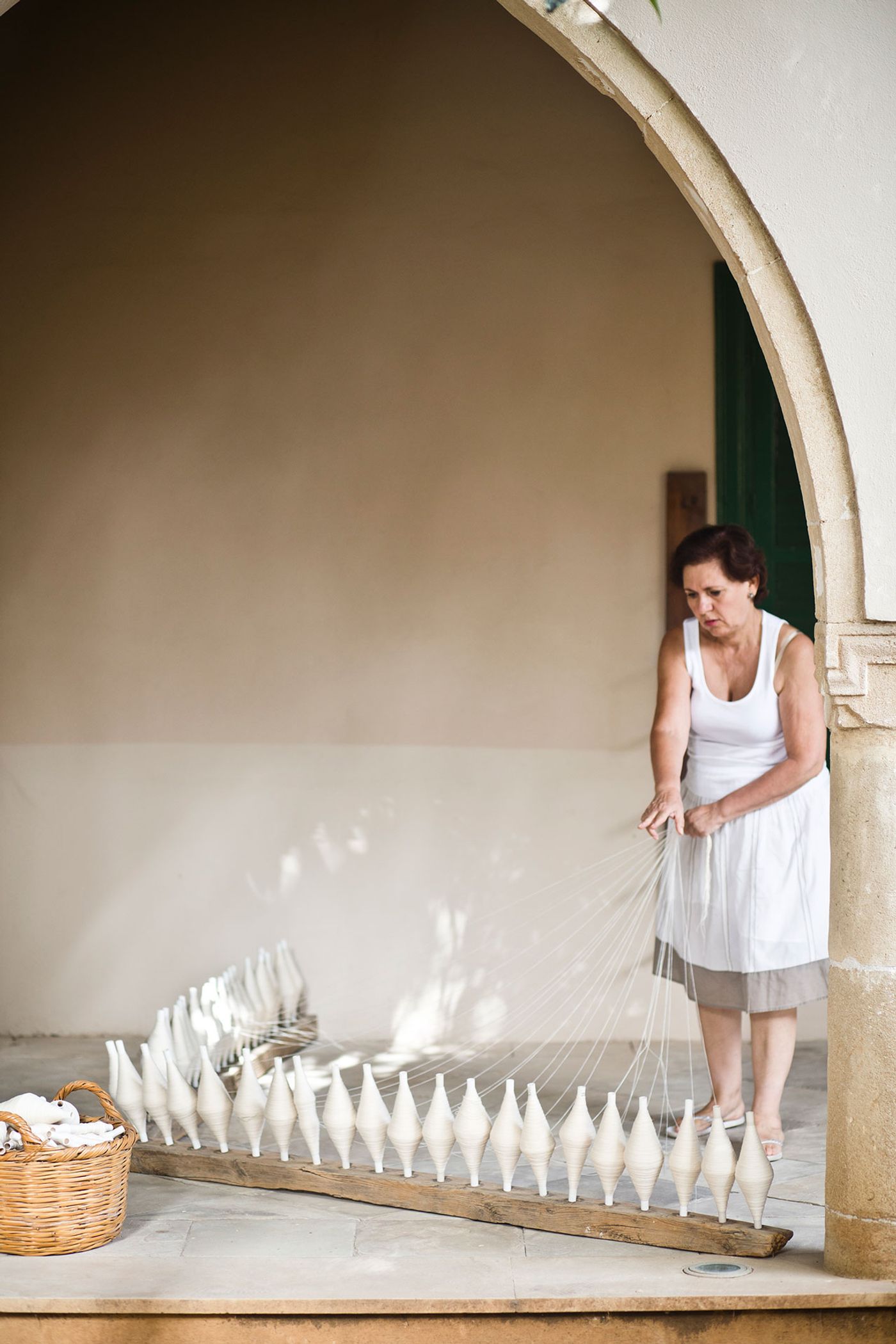
Photo by Panagiotis Mina.
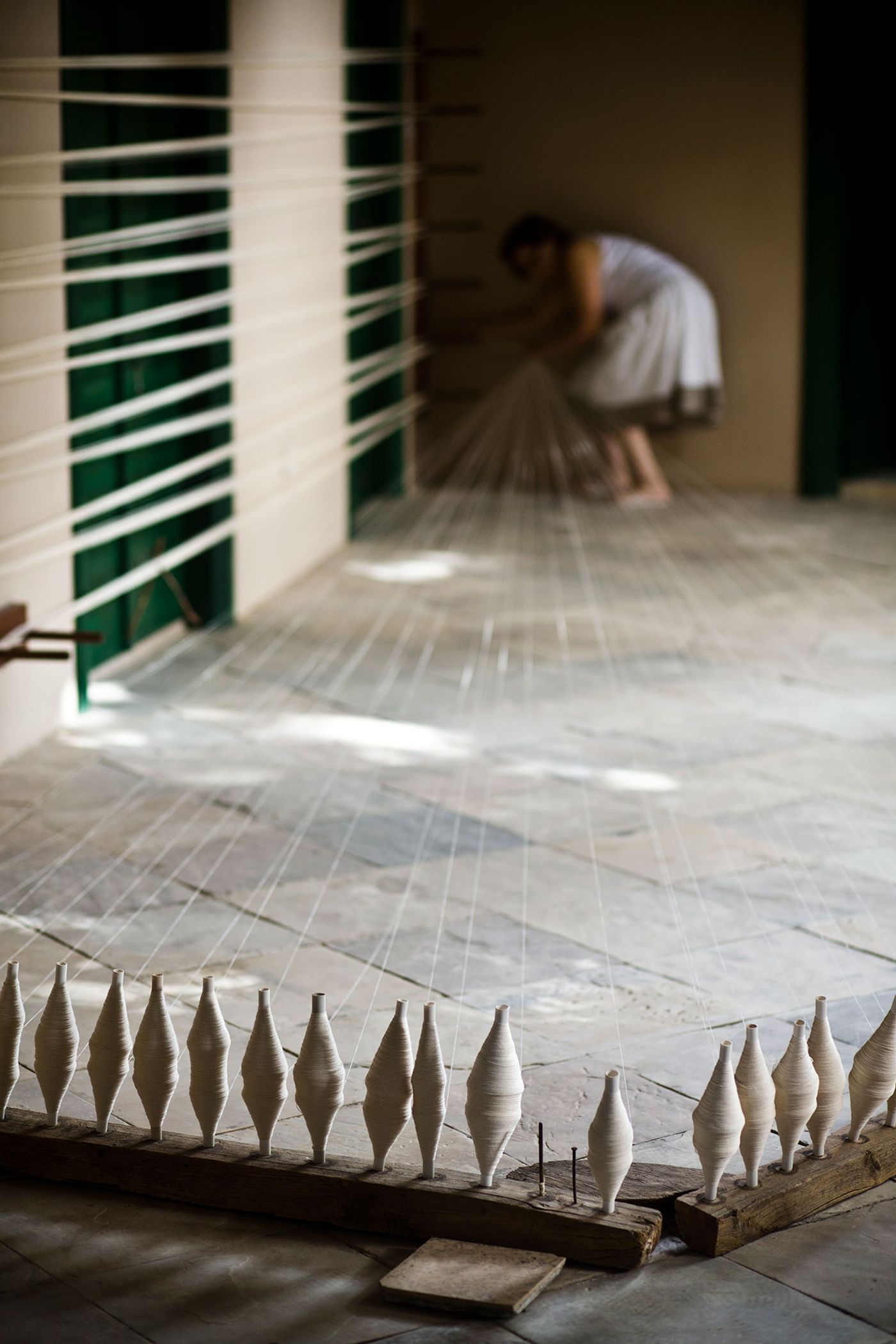
Photo by Panagiotis Mina.
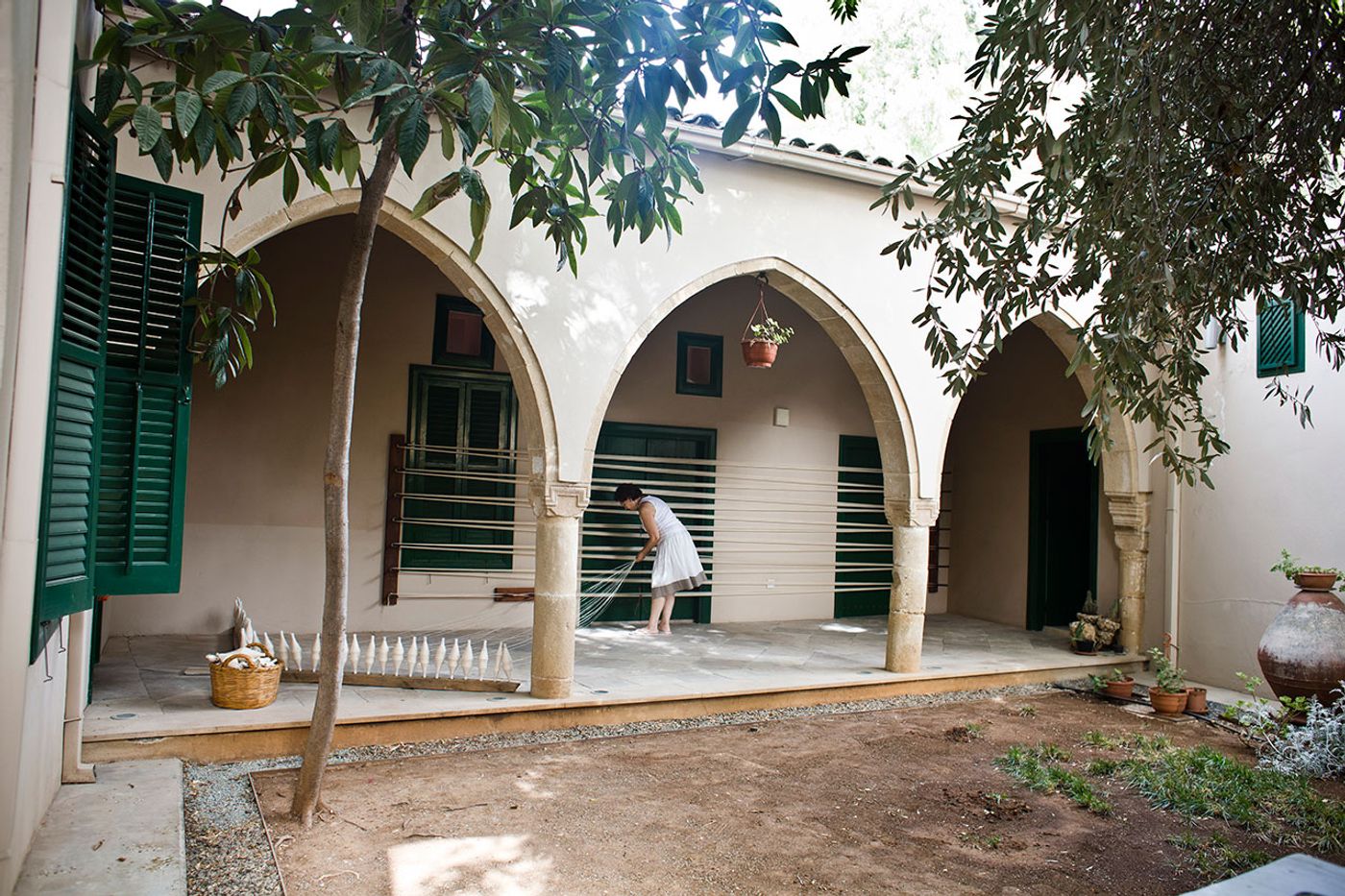
Photo by Panagiotis Mina.
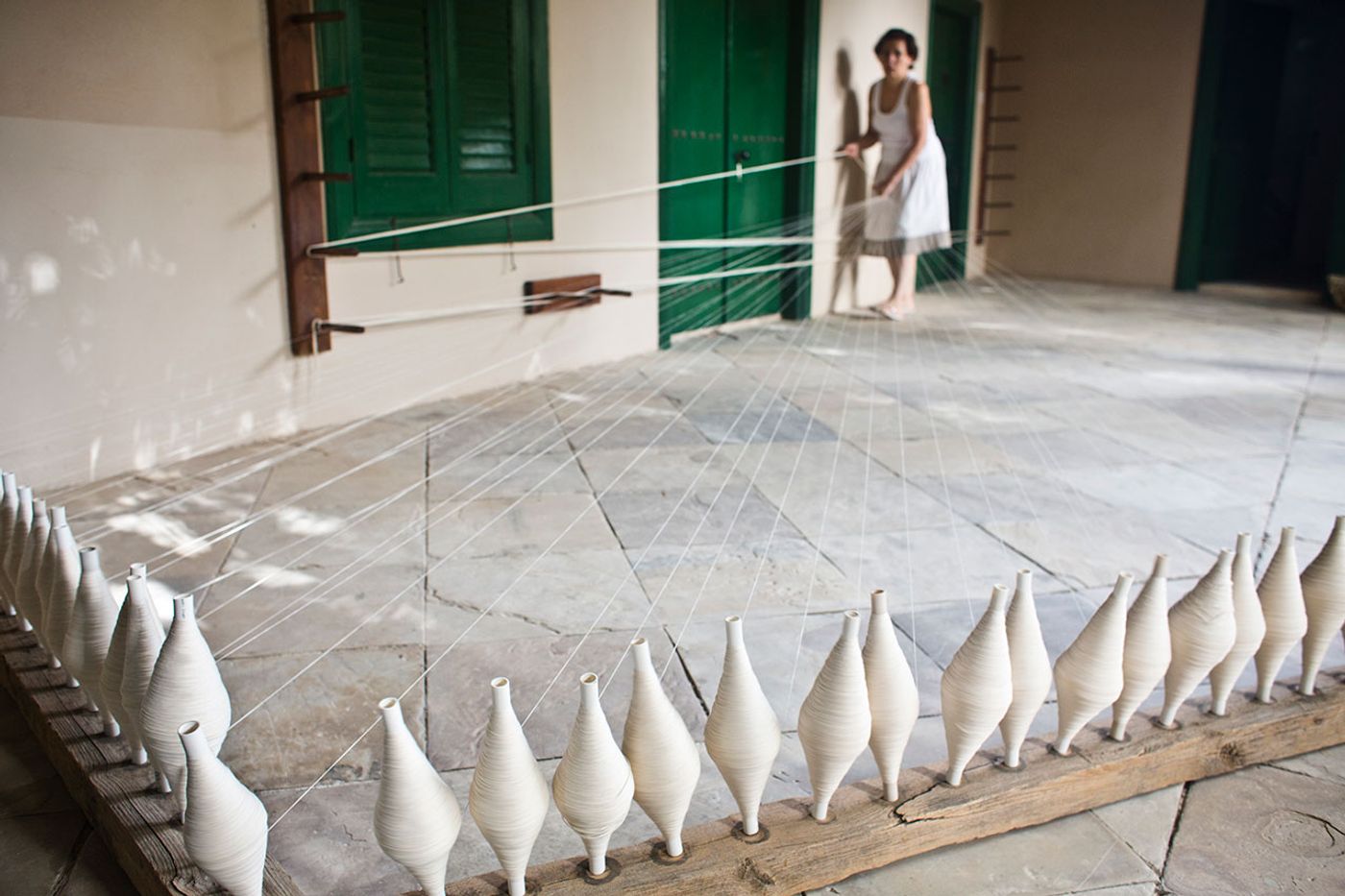
Photo by Panagiotis Mina.
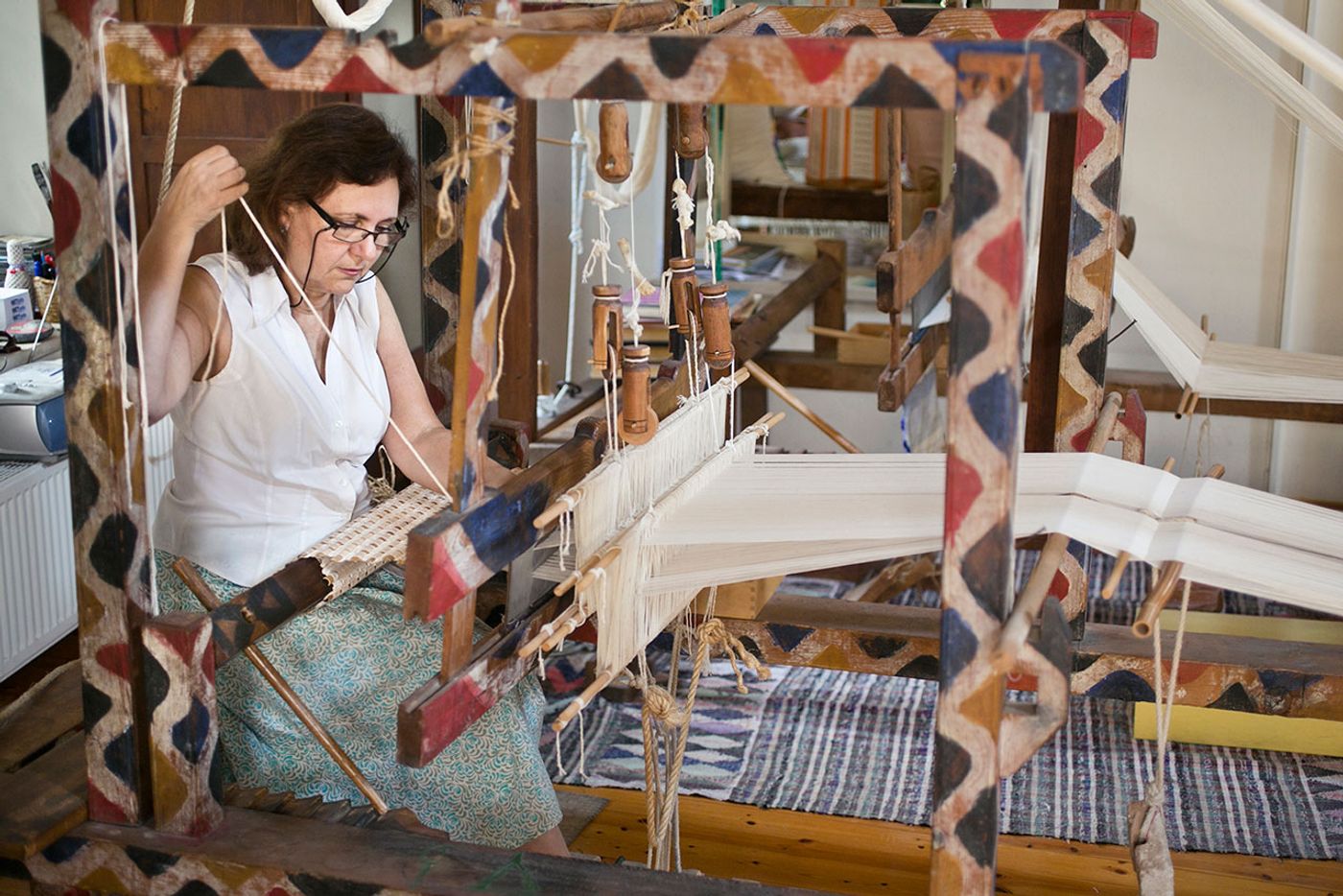
Photo by Panagiotis Mina.
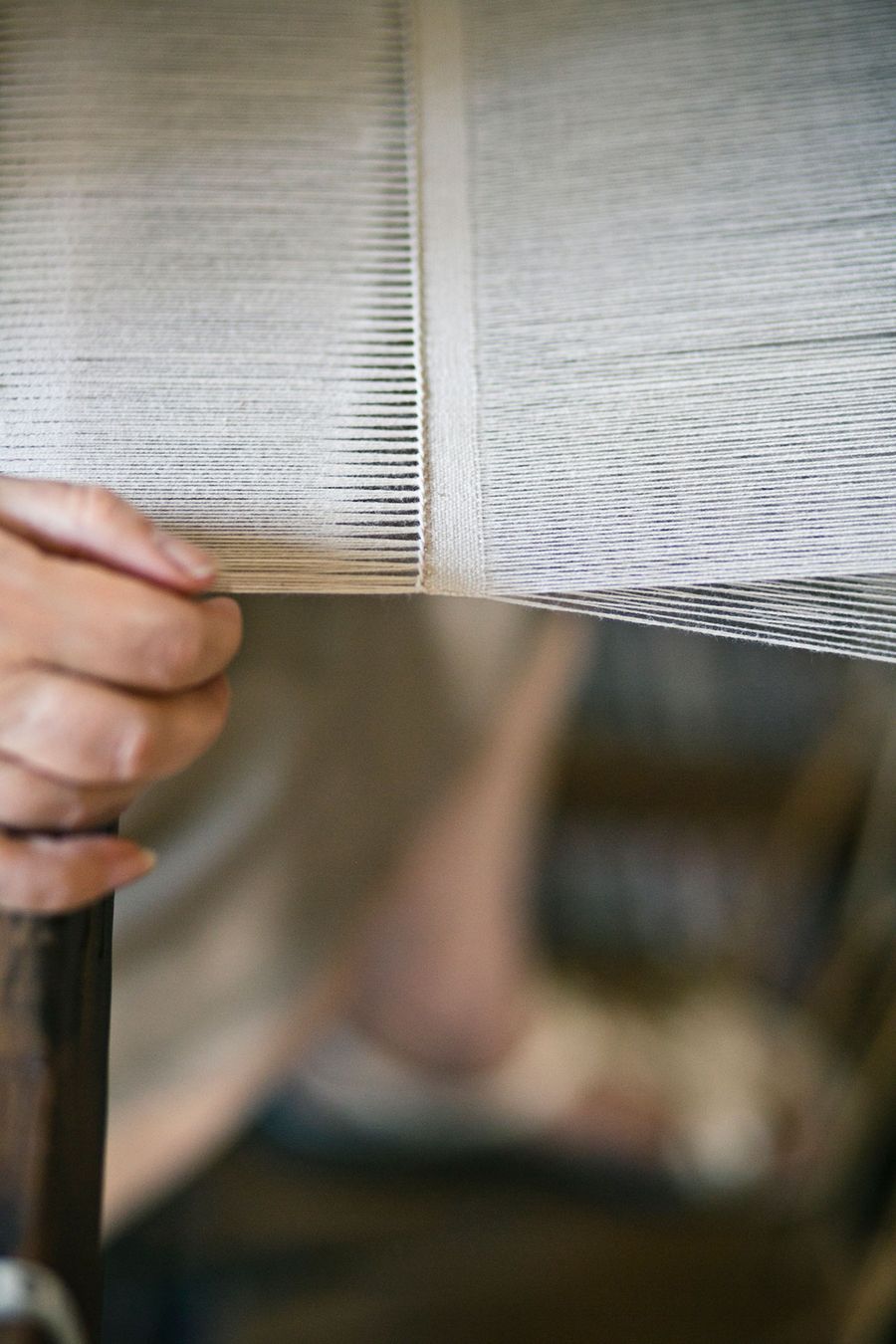
Photo by Panagiotis Mina.

Photo by Panagiotis Mina.
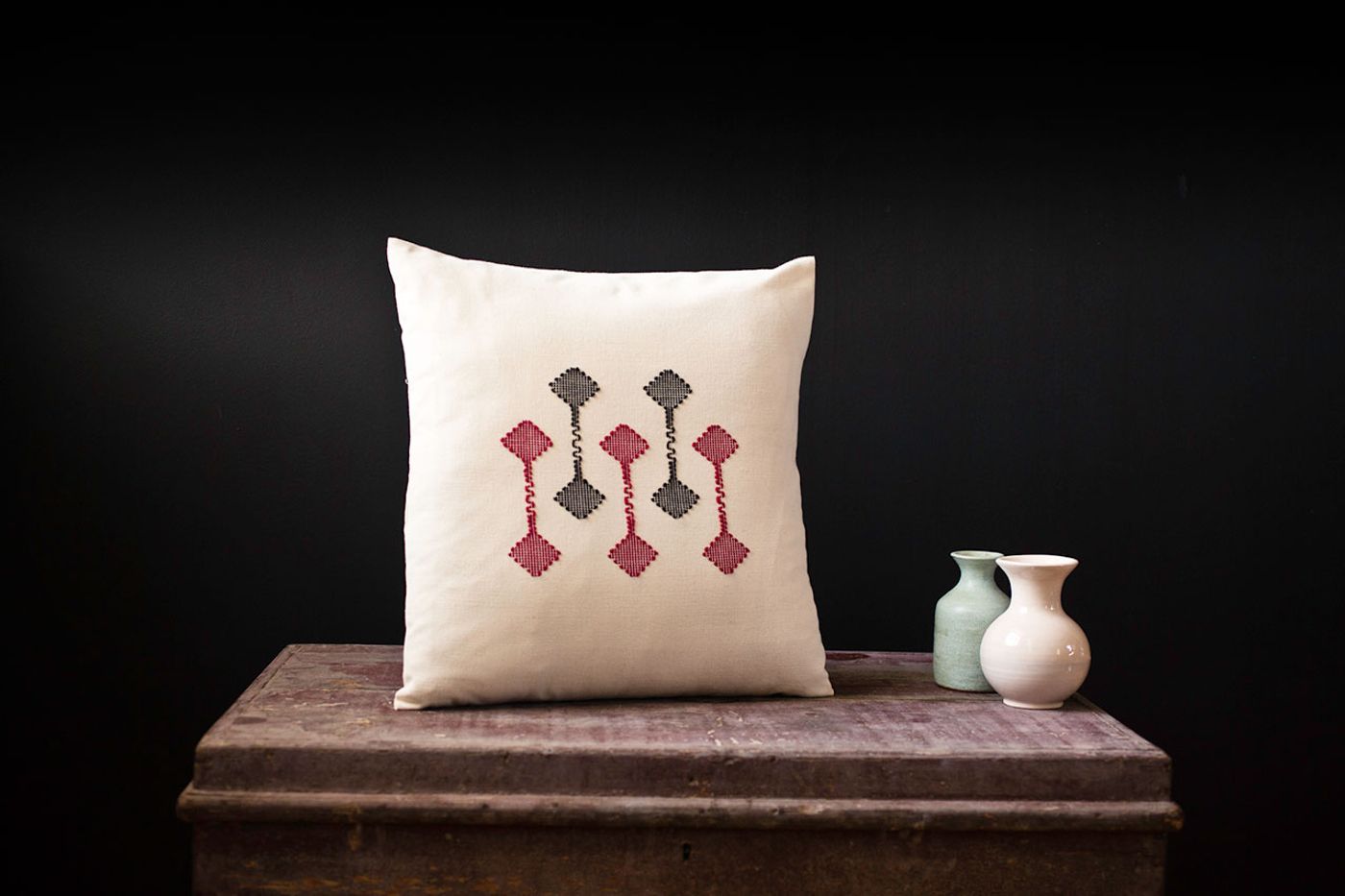
Schemata Series, String Theory, Handwoven Cushion Cover, 42 x 42cm, Cotton. Photo by Panagiotis Mina.
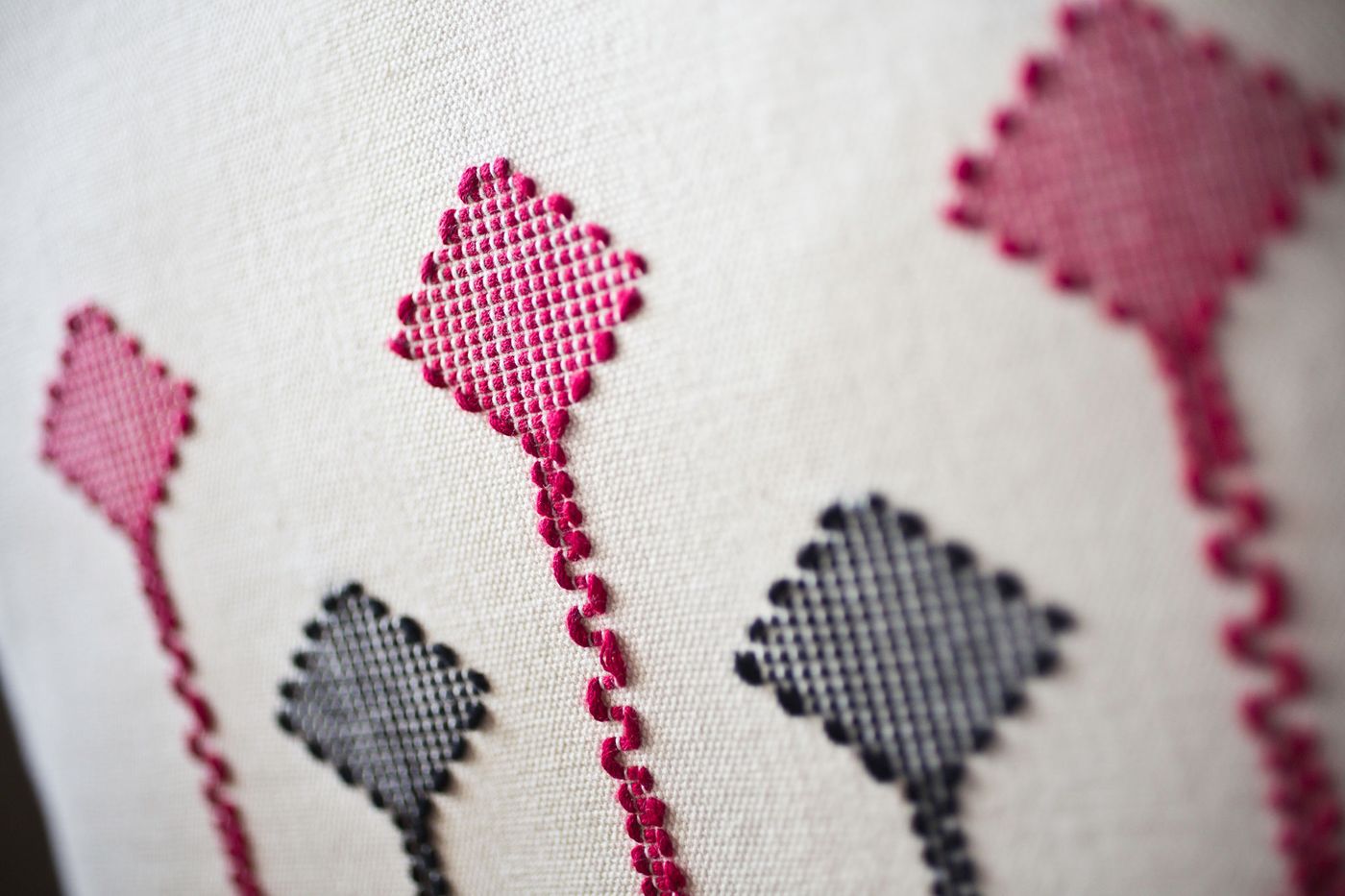
Schemata Series, String Theory (detail), Handwoven Cushion Cover, 42 x 42cm, Cotton. Photo by Panagiotis Mina.
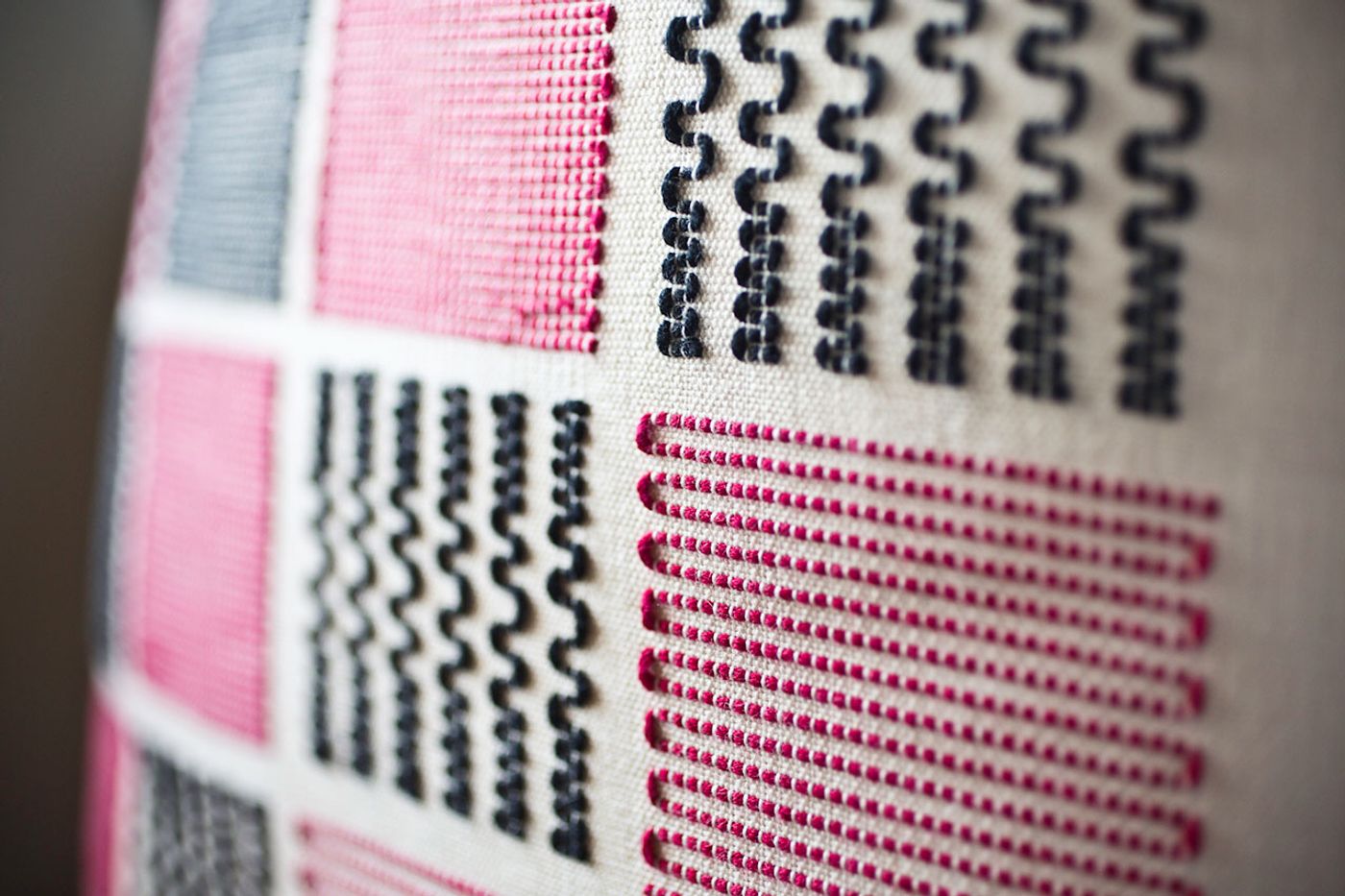
Schemata Series, Fuzzy Squares (detail), Handwoven Cushion Cover, 42 x 42cm, Cotton. Photo by Panagiotis Mina.
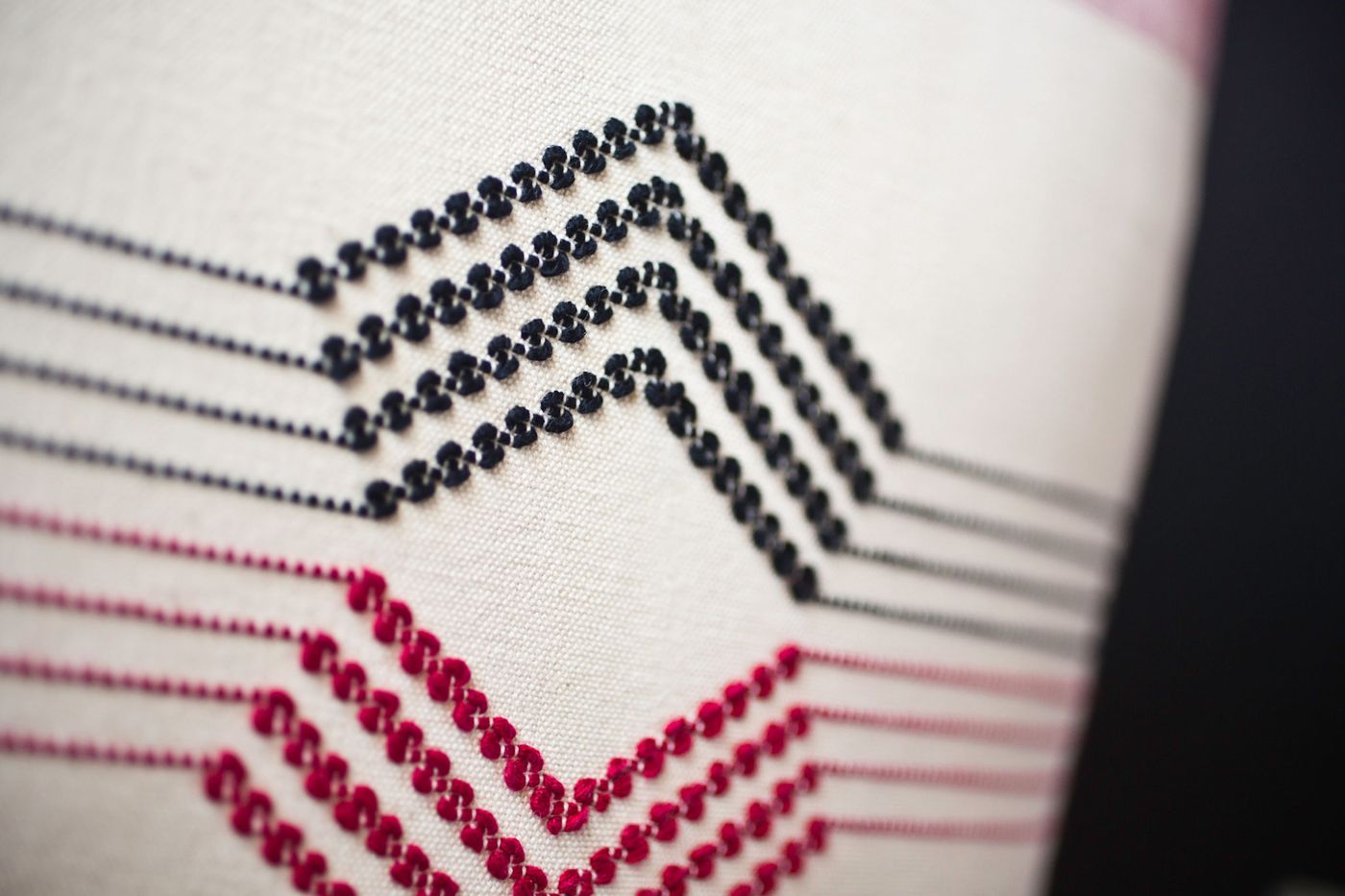
Schemata Series, Metric Arrows (detail), Handwoven Cushion Cover, 42 x 42cm, Cotton. Photo by Panagiotis Mina.
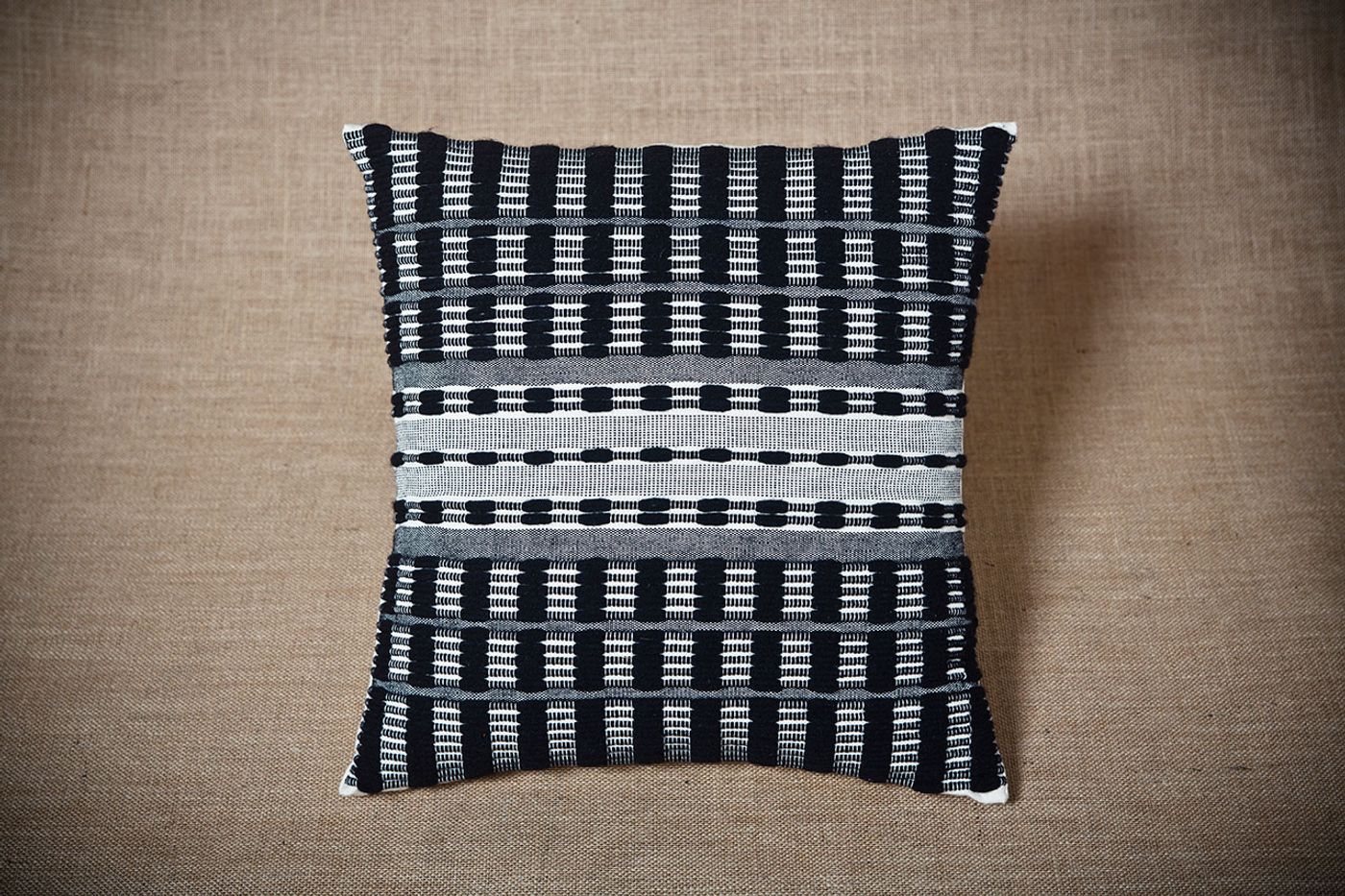
Grey Rhythm, Handwoven cushion cover, 42 x 42cm envelope back. Cotton, wool, acrylic. Photo by Panagiotis Mina.
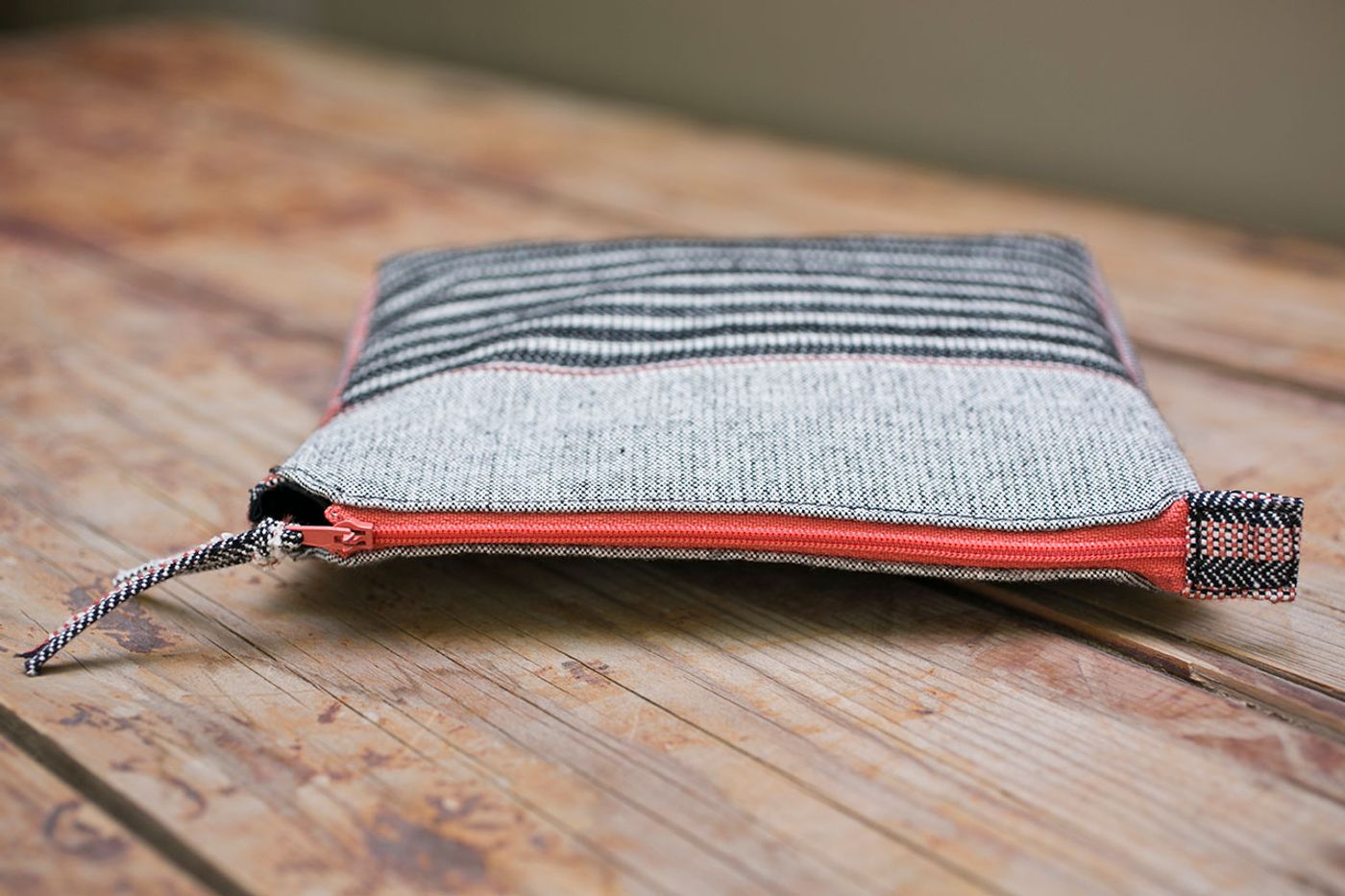
Bronze Age Series, Black and White, Handwoven zipper pouch, 20 x 10 cm, Cotton, wool, acrylic. Photo by Panagiotis Mina.
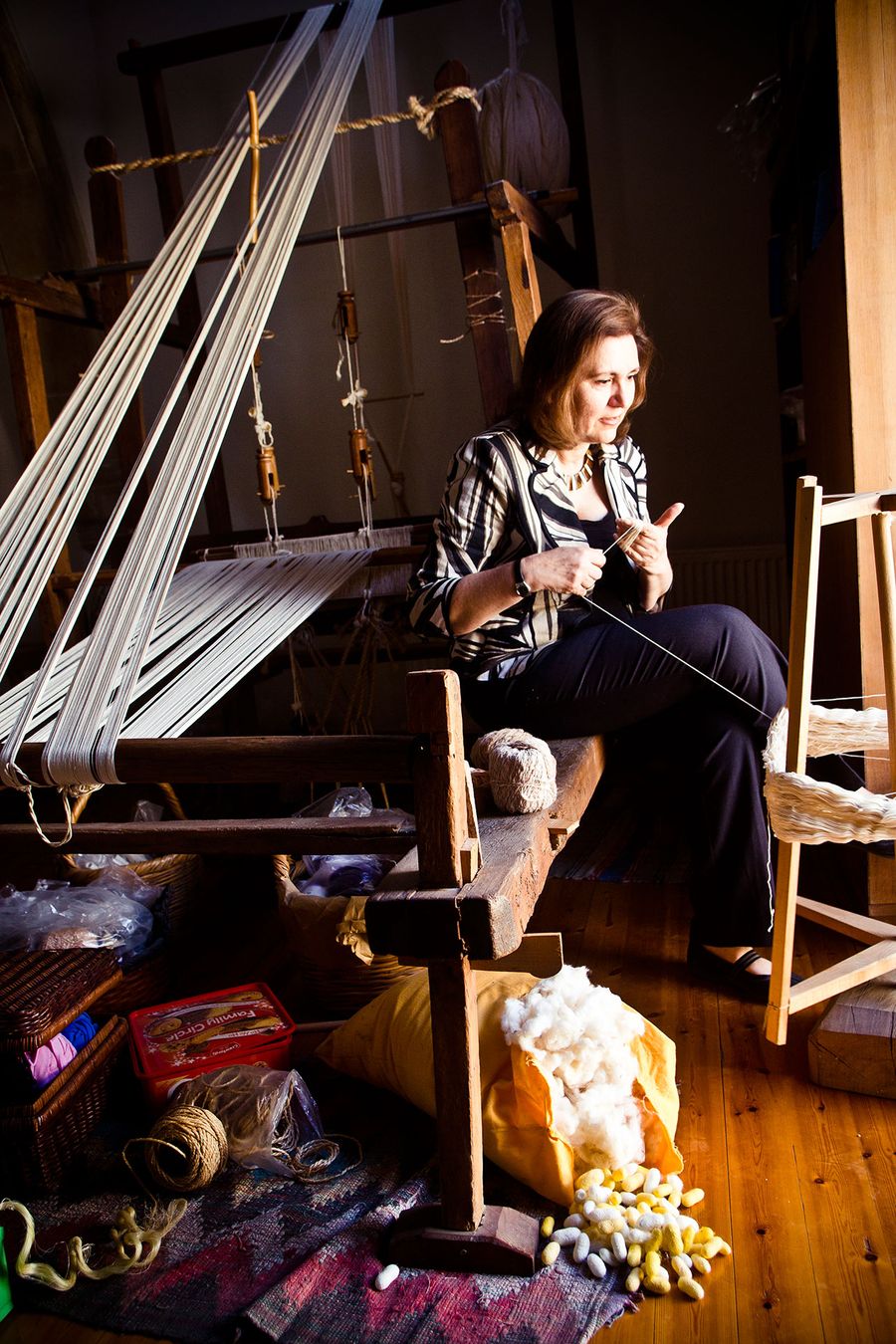
Photo by Panagiotis Mina.
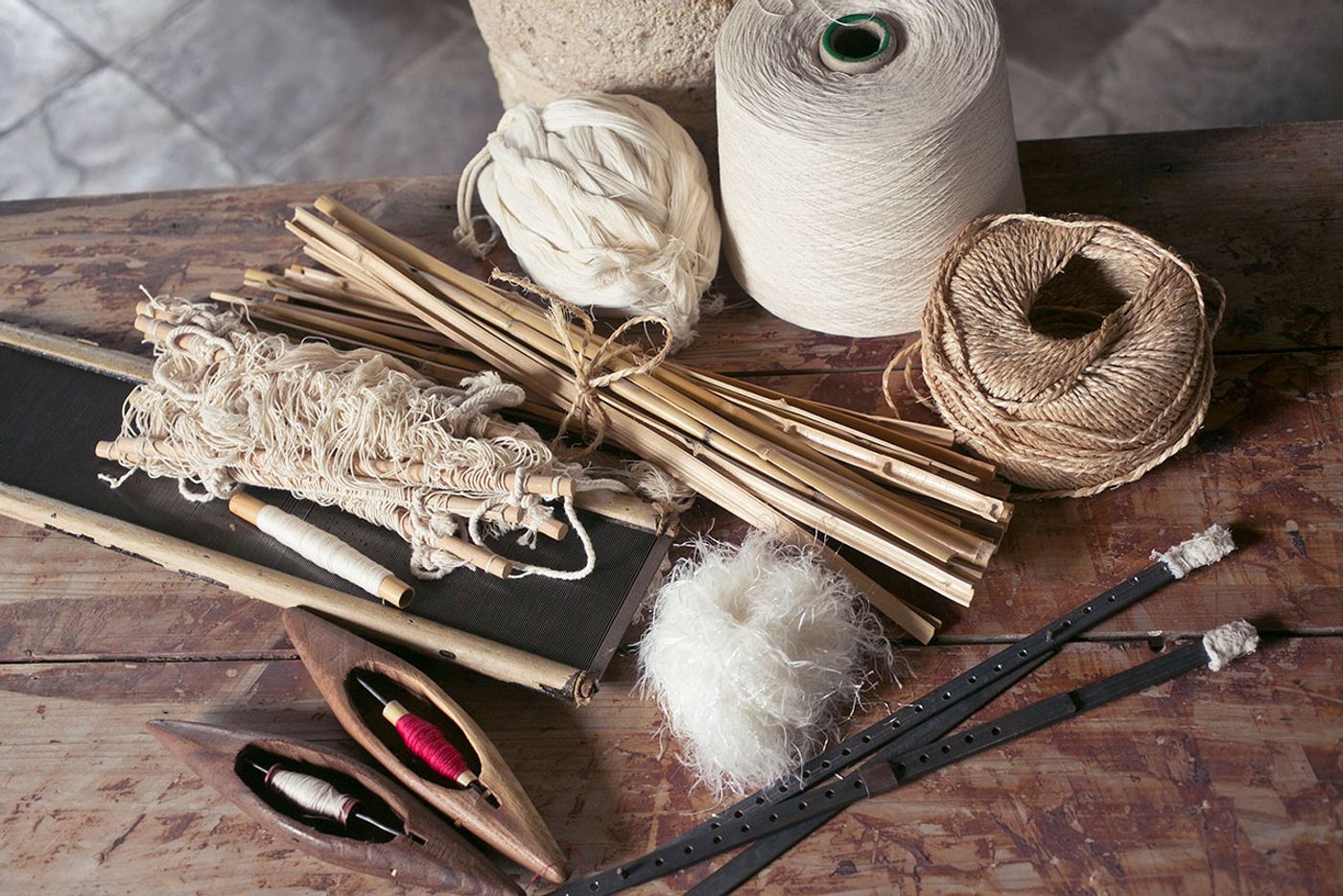
Photo by Panagiotis Mina.
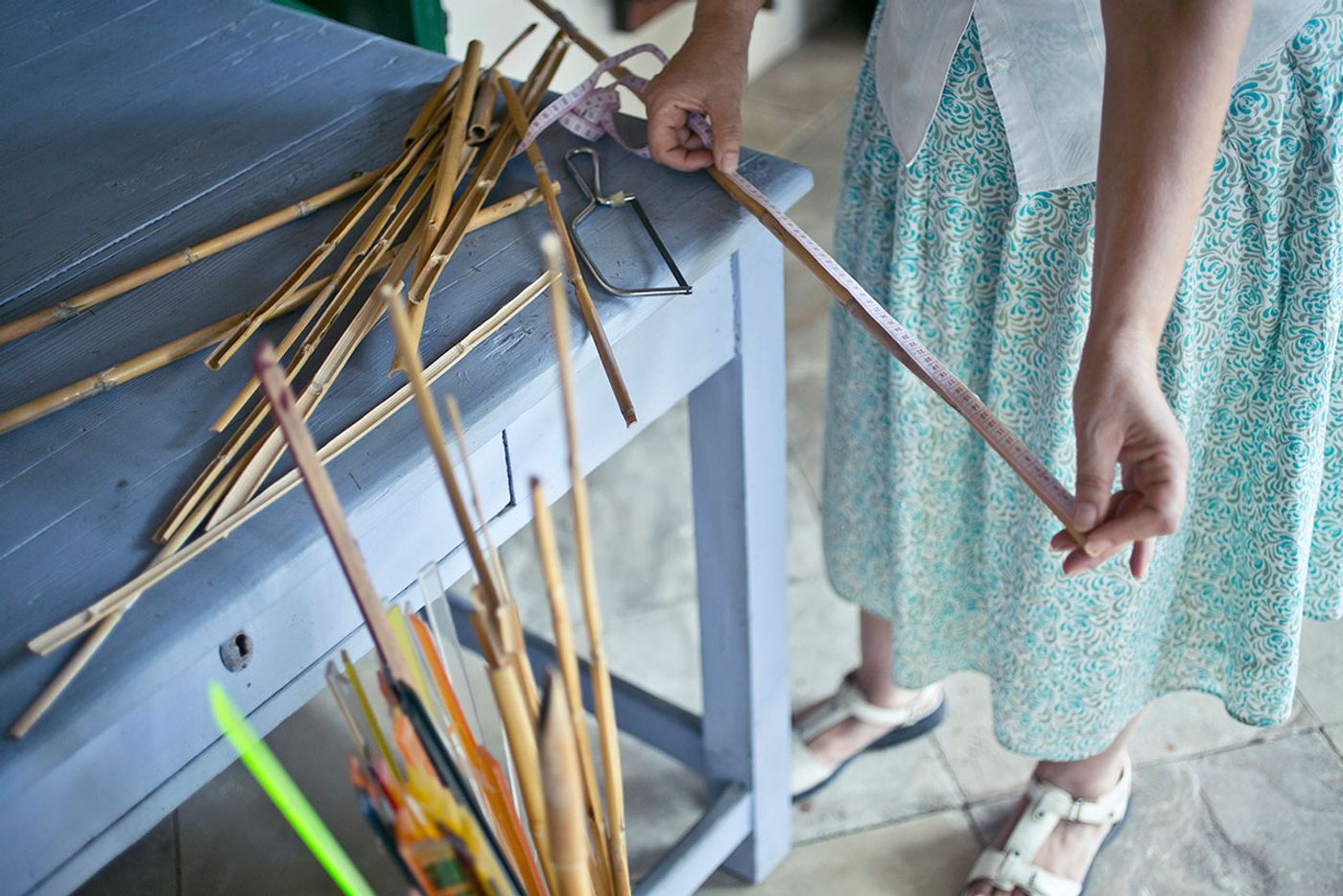
Photo by Panagiotis Mina.

Photo by Panagiotis Mina.
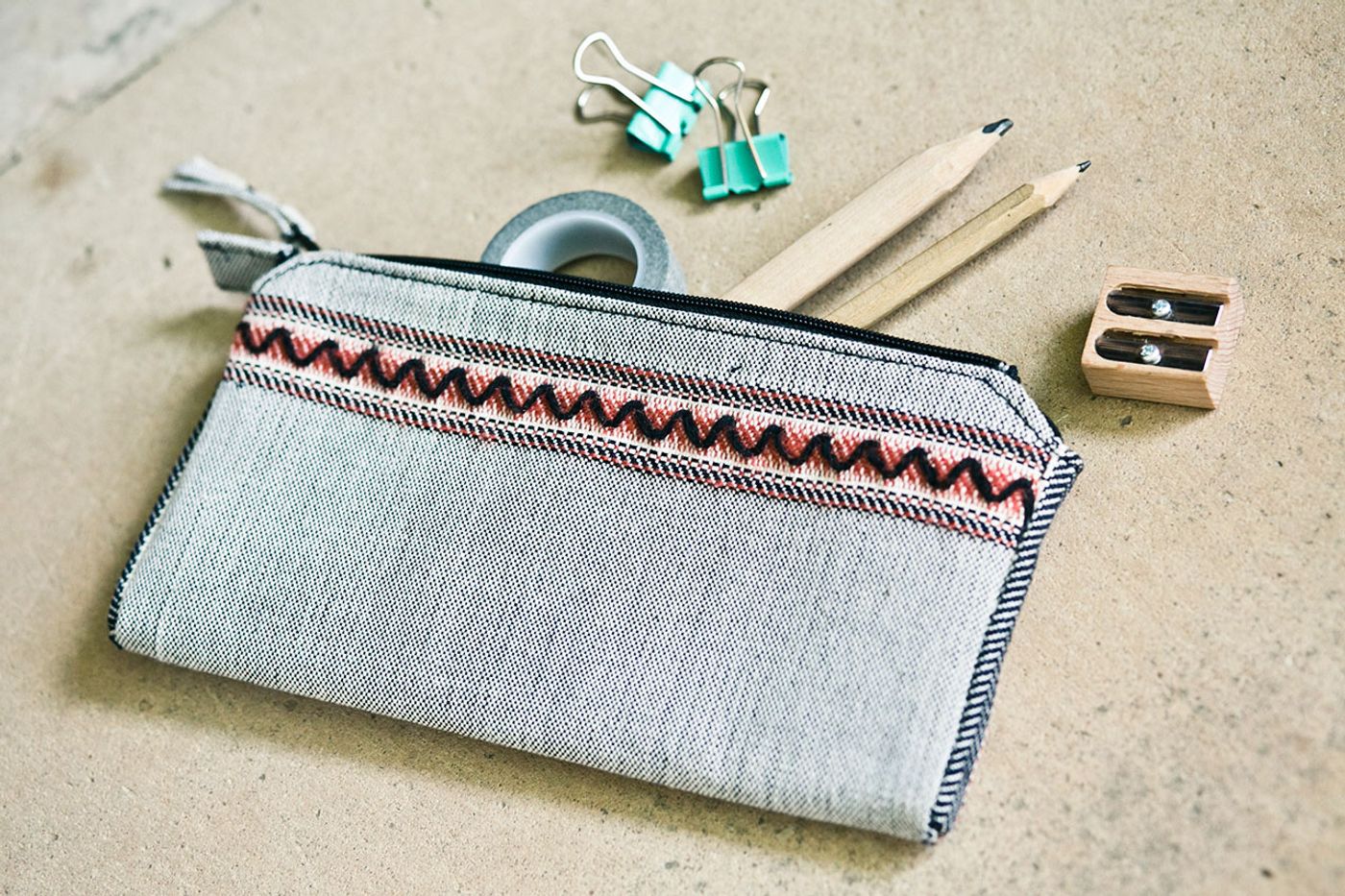
Bronze Age Series, Zig-Zag, Handwoven zipper pouch. 20 x 10 cm. Cotton, wool, acrylic. Photo by Panagiotis Mina.